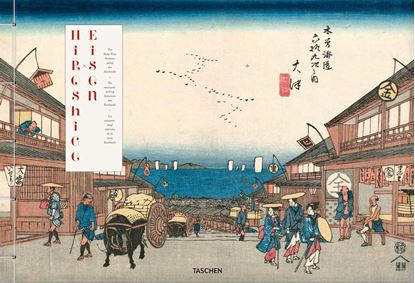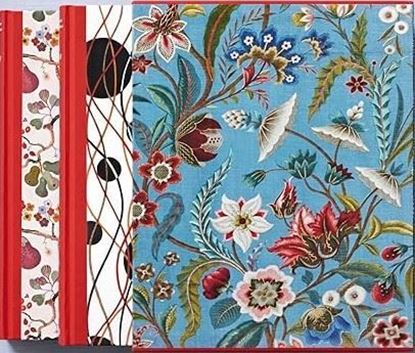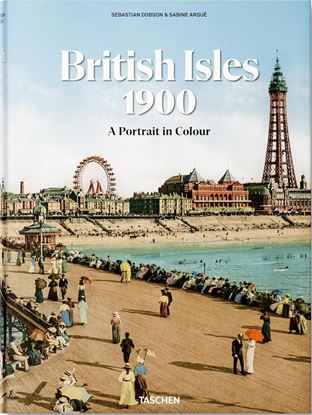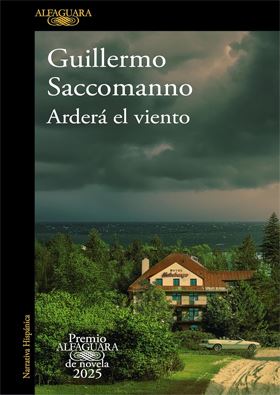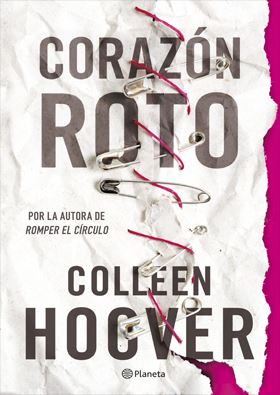

NOVEDADES
XL-HIROSHIGE/EISEN, KISOKAIDO-INT
The Kisokaido route through Japan was ordained in the early 1600s by the country’s then-ruler Tokugawa Ieyasu, who decreed that staging posts be installed along the length of the arduous passage between Edo (present-day Tokyo) and Kyoto. Inns, shops, and restaurants were established to provide sustenance and lodging to weary travelers. In 1835, renowned woodblock print artist Keisai Eisen was commissioned to create a series of works to chart the Kisokaido journey. After producing 24 prints, Eisen was replaced by Utagawa Hiroshige, who completed the series of 70 prints in 1838.
9,995
THE BOOK OF PRINTED FABRICS. (CL)(INT)
In the far east of France, close to the German and Swiss borders, lies the historic city of Mulhouse. During the early 19th century, it became one of the leading centres of textile manufacture in the country. Today it is home to the Musée de l’Impression sur Étoffes, a museum dedicated entirely to the history of fabric printing from the 17th century right up to the present day.
Few are the serious fashion designers who have not come to visit this astonishing temple to textiles. This book, however, gives you the key to those vaults, presenting on its broad pages perfectly captured images of its collections that span four different continents – recounting a fascinating artistic and technological adventure across the world, from its origins in India to the most contemporary creations.
9,995
THE BRITISH ISLES 1900. A PORTRAIT IN
The beauty and rich history of the four nations of the United Kingdom England, Wales, Scotland and Ireland had much to offer to the international tourist in 1900. More than 800 photochromes present an intimate view of the wild landscapes, manicured lawns, bustling cityscapes and bucolic charm of the British Isles before the First World War.Colour photochromes, 19th- and early 20th-century photographs, postcards, travel posters and luggage labels guide the reader through this historic ‘Kingdom by the Sea’, a welcoming land of extraordinary diversity and fascinating heritage, full of secrets and legends.
11,500


